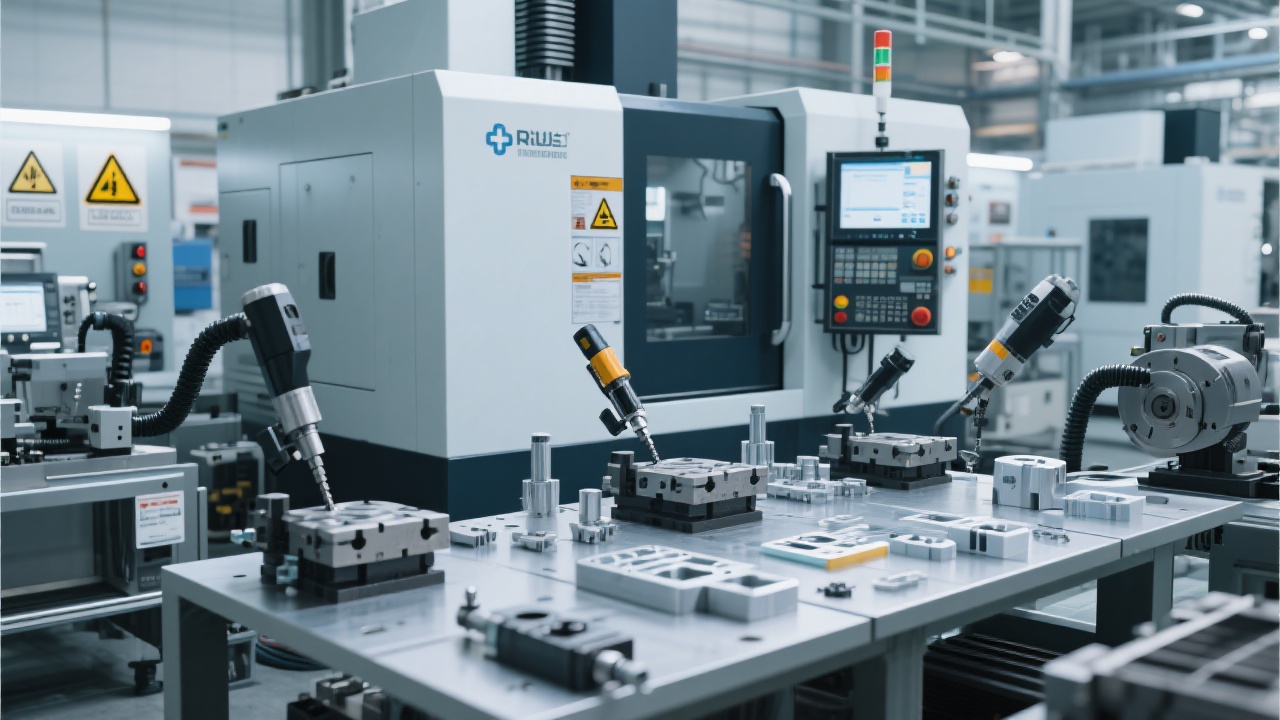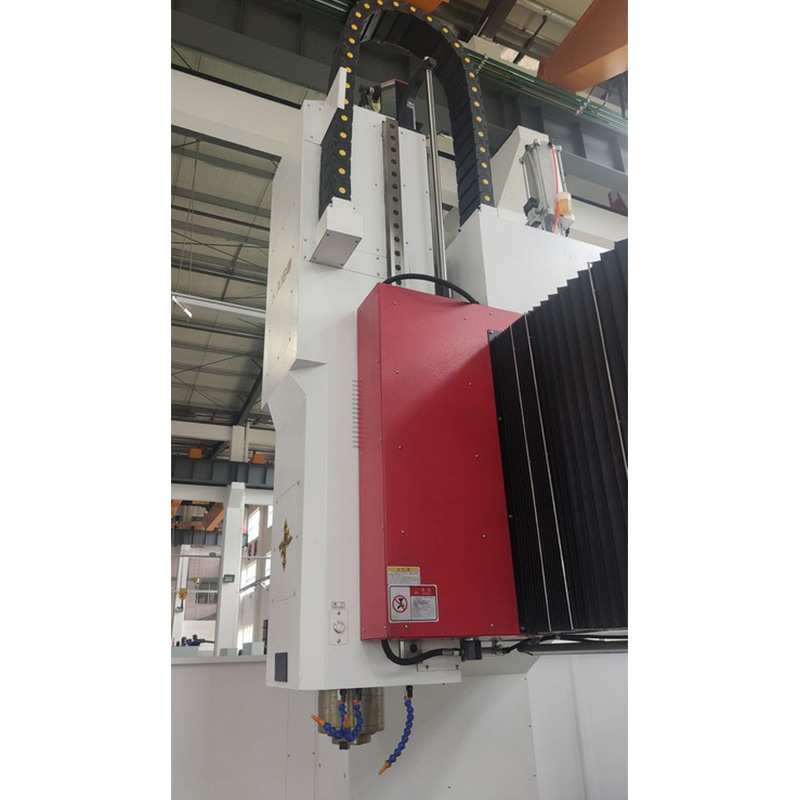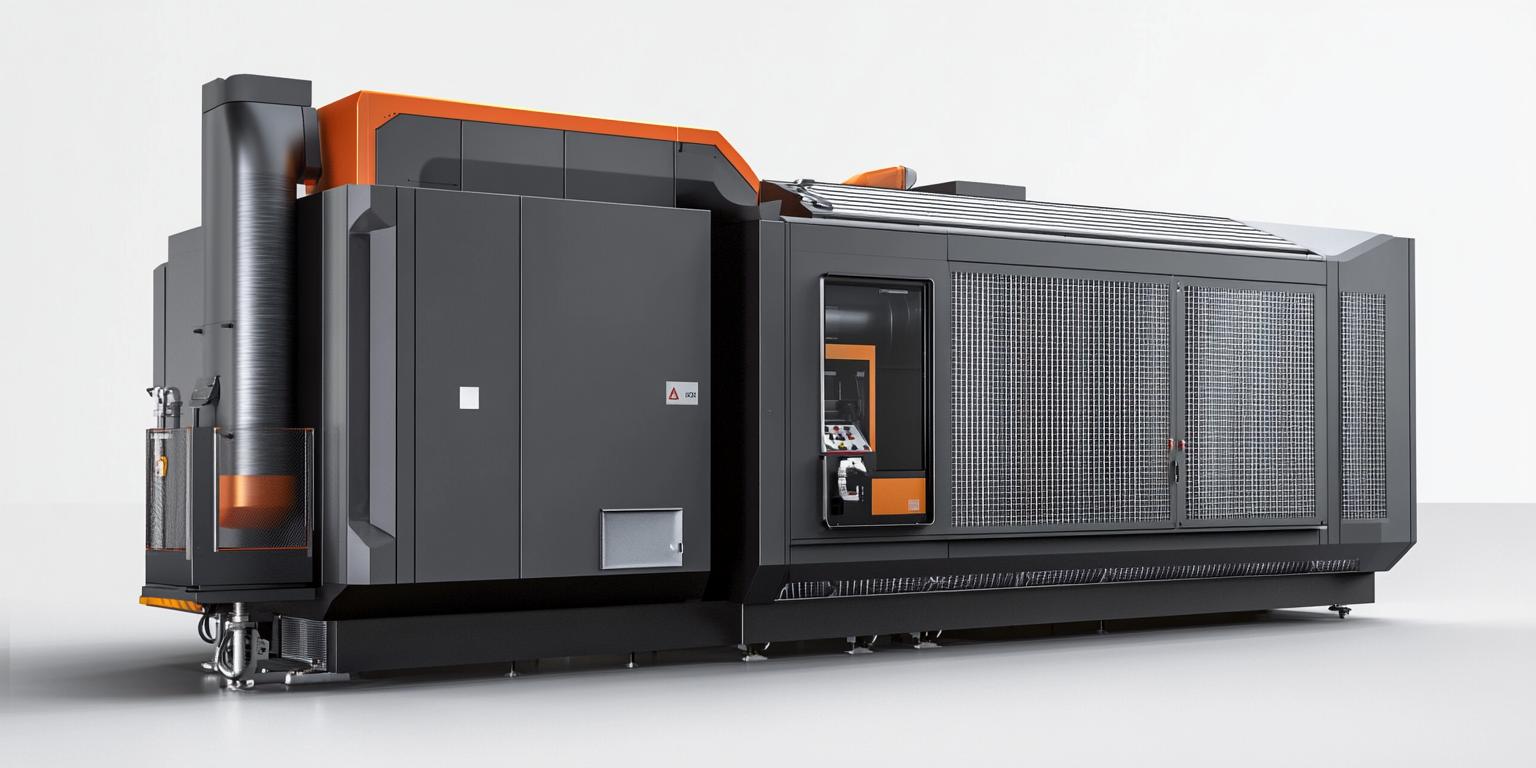
Why do your graphite workpieces always experience dimensional drift? This is a common problem faced by many in the graphite processing industry. In the field of graphite material precision machining, dust pollution can have a significant impact on the accuracy of the machining process.
The dust generated during graphite processing can cause a series of problems. Firstly, it can contaminate the surface of the workpiece, leading to poor surface finish and inaccurate dimensions. Secondly, the dust can penetrate into the guide rails, lead screws, and electrical systems of the machining equipment. This can cause wear and tear on the guide rails, resulting in reduced movement accuracy. In electrical systems, dust can cause short - circuits and other malfunctions, which may lead to equipment downtime and costly repairs.

Let's break down the harm path of dust. When graphite is being processed, fine dust particles are generated. These particles can adhere to the workpiece surface, affecting the cutting process and causing dimensional errors. As the machining continues, the dust spreads in the working environment. It can enter the gaps of the guide rails and lead screws, acting like abrasives that gradually wear down the components. In the electrical systems, the accumulation of dust can disrupt the normal operation of electronic components, leading to electrical failures.
To address these issues, the wet graphite machining center DC6060G comes into play. It features a fully - enclosed cover structure and a wet flushing system. The fully - enclosed cover acts as the first line of defense, physically blocking a large amount of dust from entering the internal components of the machine. The wet flushing system, on the other hand, continuously flushes the working area with a liquid medium, effectively removing the remaining dust particles.
Through actual tests, this combination of the fully - enclosed cover and the wet flushing system has shown remarkable results. The repeatability accuracy of the machining process has been significantly improved. For example, the positioning accuracy of the DC6060G can reach 0.01mm, and the repeatability accuracy can be maintained within a very small range, ensuring high - precision and consistent production.

The synergy between the fully - enclosed cover and the wet flushing system is based on a well - designed mechanism. The fully - enclosed cover creates a relatively isolated space, reducing the chance of dust spreading in the working environment. The wet flushing system then works inside this space, continuously cleaning the cutting area and the components that are prone to dust accumulation. This dual - protection mechanism not only improves the machining accuracy but also enhances the stability of the equipment, reducing the frequency of breakdowns and maintenance.
The application of this technology is not limited to general graphite processing. In high - cleanliness manufacturing scenarios such as the semiconductor and new - energy battery industries, the requirements for product cleanliness and precision are extremely high. For semiconductor manufacturing, even the slightest dust contamination can lead to the failure of semiconductor chips. In the lithium - battery industry, dust can affect the performance and safety of batteries.
There are many successful cases in the semiconductor and lithium - battery fields. For example, a semiconductor manufacturing company was facing problems with low production yields due to dust contamination in graphite parts processing. After adopting the wet graphite machining center DC6060G, the production yield increased by 30%, and the equipment downtime was reduced by 40%. In the lithium - battery industry, a battery manufacturer improved the consistency of battery production by using this technology, resulting in better battery performance and longer service life.

In conclusion, the wet cleaning technology represented by the wet graphite machining center DC6060G plays a crucial role in the precision machining of graphite materials. It can effectively control dust pollution, improve the accuracy and stability of machining, and meet the high - cleanliness requirements of industries such as semiconductors and new - energy batteries. If you want to understand more about this efficient dust removal solution and how it can improve your production consistency and equipment service life, click here to learn more.

